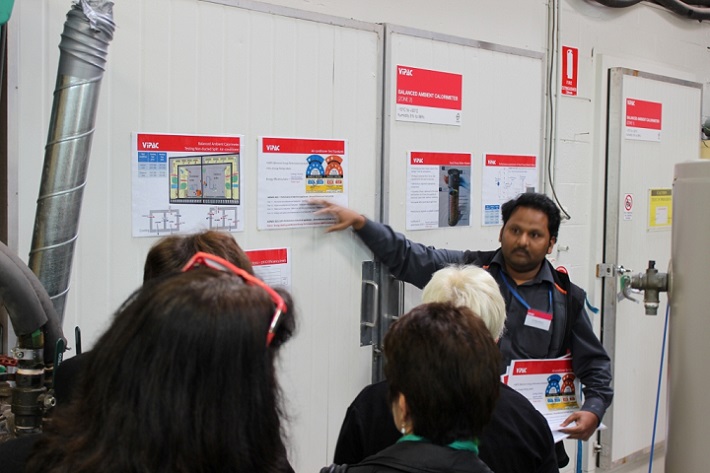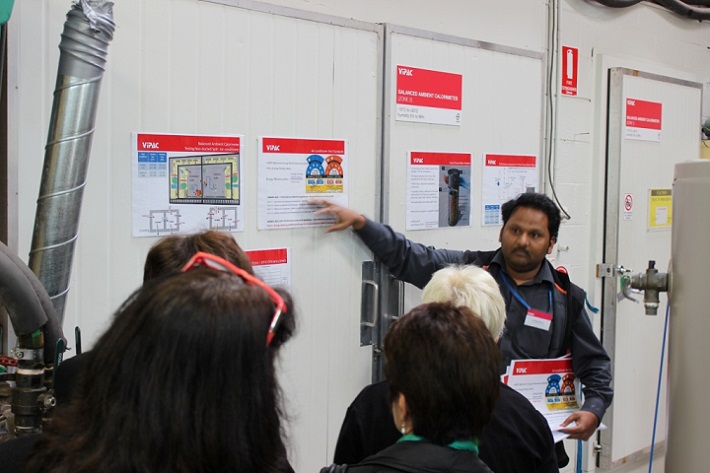Air-conditioning labels may be misleading consumers with biased information on energy efficiency, according to recent findings from leading engineering firm ViPAC. This particularly applies to inverter air-conditioner units, which hold 80% of the Australian market share.
Australia’s current regulations allow these manufacturers to lock the compressor speed at a fixed setting when testing inverters, which produces biased energy rates, according to ViPAC senior project engineers, Dr. Satya Mavuri (pictured).
“Our research shows that when units are locked, most inverters produce capacities at lower power inputs and therefore appear more energy efficient than they would in unlocked modes. However, unlocked modes are more representative of a unit’s real life operation,” he added.
As a general rule, an air conditioner to be sold in Australia must comply with Minimum Energy Performance Standards (MEPS) and the star-based Energy Rating Label (ERL) scheme.
Dr. Mavuri says manufacturers increase their chances of inverters passing MEPS and gaining more ERL stars by running tests at locked settings.
“Most of the inverters we tested under unlocked settings were unstable and less efficient than their rated values, thereby warranting less stars than currently assigned to them. This means consumers may be unknowingly buying air conditioners with lower energy efficiency than indicated on the label.
“To help resolve this issue, our next step is to work with standards committees. We urge regulators to revise the test standards so that ratings better represent a unit’s field performance across all modes of operation, with the ultimate aim of differentiating high-quality units from poor performing ones,” he commented.


